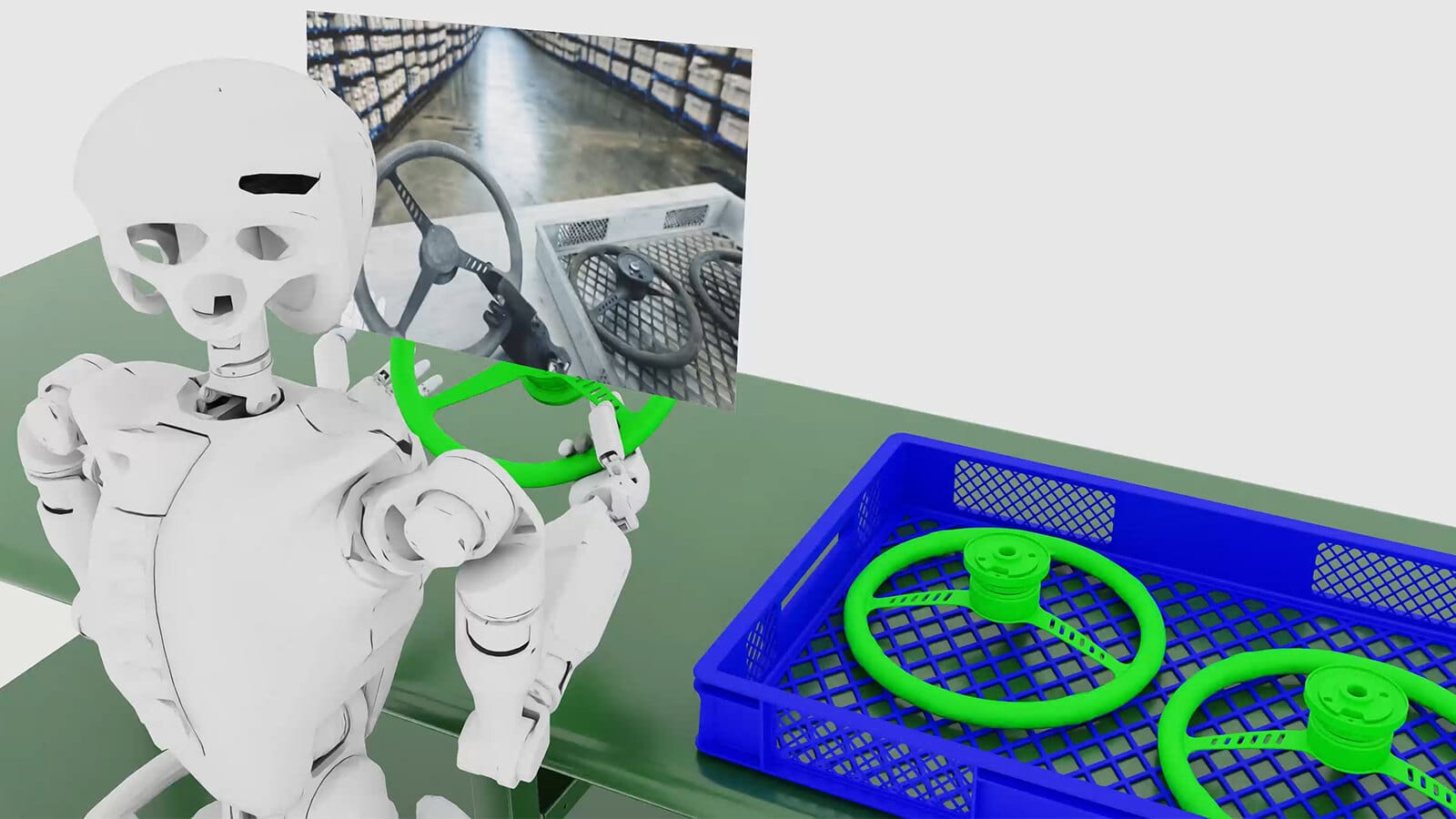NVIDIA has created a new AI system called Cosmos that could change how robots and self-driving cars learn to work in the real world. The technology, announced at the CES 2025 tech show in Las Vegas, solves a major problem: teaching machines to handle real-world situations safely without spending years collecting actual road and workplace data.
Making Virtual Training Real
Cosmos works like a highly advanced simulation system. It can create realistic video scenarios that help robots and self-driving cars practice handling different situations. For example, it can create videos of snowy road conditions for testing self-driving cars or simulate a busy warehouse for training robots, all without putting anyone at risk.
“The ChatGPT moment for robotics is coming,” says Jensen Huang, who founded NVIDIA and serves as CEO. Just as ChatGPT changed how computers understand language, Cosmos aims to transform how machines understand and interact with the physical world.
Big Numbers, Bigger Impact
The system learned from watching 20 million hours of video – an enormous amount of footage. This massive amount of training helps Cosmos understand how objects move and interact in the real world. Using NVIDIA’s specialized computer chips, companies can process and learn from this much video data in just 14 days, instead of the three years it would take using regular computers.
Real Companies, Real Applications
Major companies are already putting this technology to work. Uber is using it to improve their self-driving car systems. Robotics companies like Agility are teaching their robots new skills with it.
“Getting enough real-world practice situations for robots is really hard and expensive,” explains Pras Velagapudi, who leads technology at Agility. “Cosmos lets us create realistic training scenarios without needing to set up countless real-world tests.”
Making It Available and Safe
NVIDIA is sharing this technology openly through a platform called Hugging Face, letting developers worldwide use it. They’ve also built in important safety features:
- Systems to prevent harmful content creation
- Invisible watermarks in AI-generated videos to show they’re not real
- Tools to make sure the training scenarios are accurate
Looking Forward: Benefits and Challenges
The technology could lead to safer self-driving cars that better handle unexpected situations. Warehouse robots could work more efficiently while avoiding accidents. Manufacturing robots could learn new tasks faster without risking damage to expensive equipment.
Similar Posts
However, some challenges remain. Professor Farshid Amirabdollahian from the University of Hertfordshire points out that while Cosmos can create very realistic situations, it’s still learning from patterns rather than truly understanding physics. There are also questions about cost, safety rules, and building public trust in AI-trained machines.
The Bigger Picture
This technology isn’t just about making better robots – it’s about making them safer and more reliable in our daily lives. When self-driving cars can better handle unexpected situations, or when warehouse robots can work more safely around people, it makes these technologies more trustworthy and useful.
By making this advanced AI technology openly available, NVIDIA is helping more companies develop better robots and autonomous vehicles. While there’s still work to be done on safety and regulations, Cosmos represents a significant step toward machines that can work more safely and effectively in our world.







